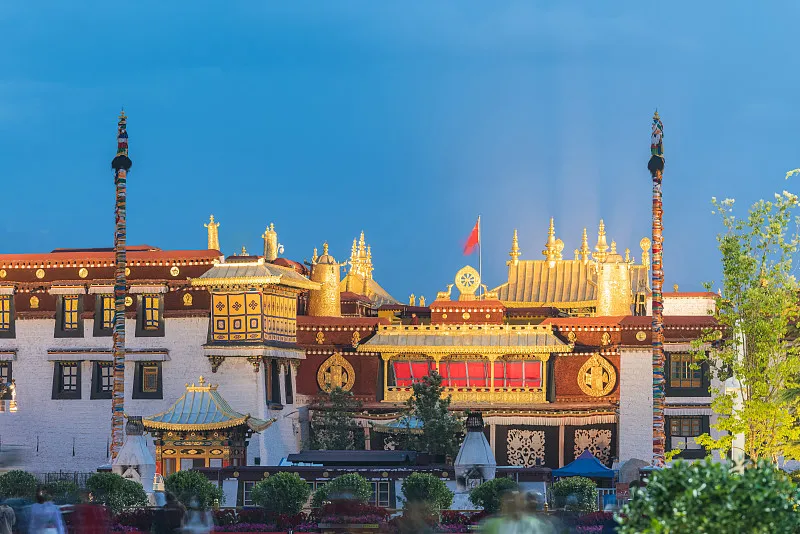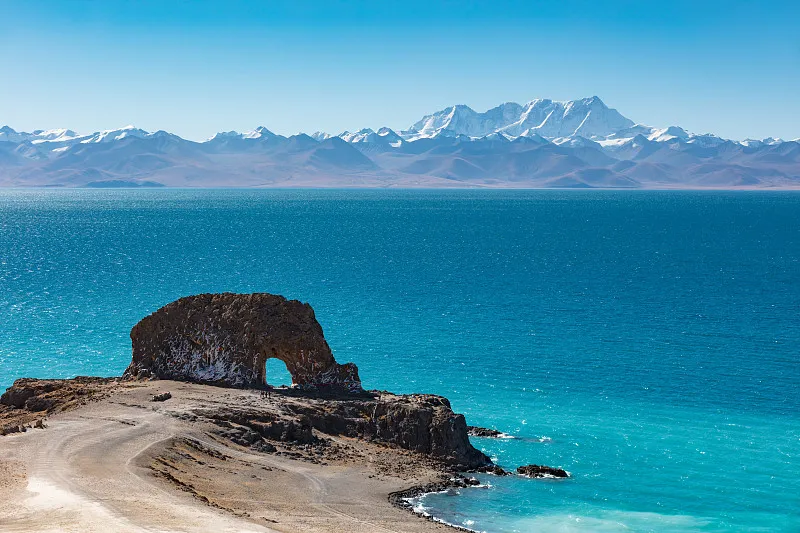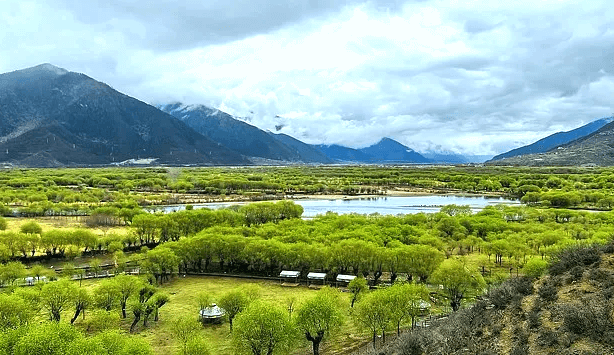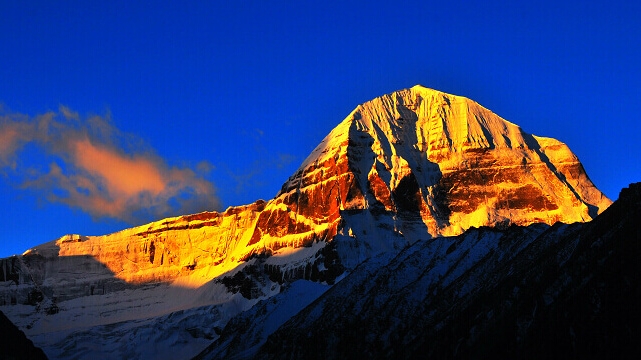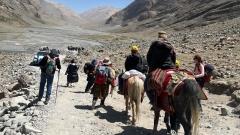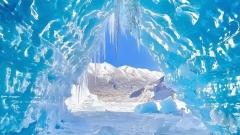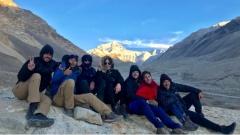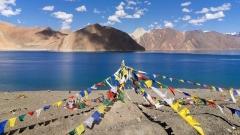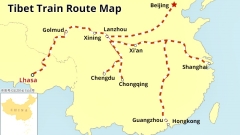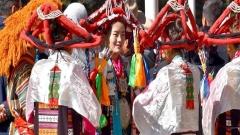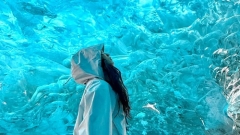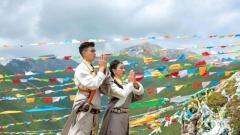As summer transitions into autumn, September emerges as one of the most ideal months to explore Tibet. The monsoon rains begin to wane, the skies clear up, and the landscapes burst into vibrant hues of green and gold. For travelers seeking breathtaking views, moderate weather, and cultural immersion, September in Tibet offers a window of opportunity that’s hard to beat.
In this comprehensive guide, we’ll dive into the typical weather in Tibet during September, share expert travel tips, highlight must-visit destinations, and provide packing advice to ensure you’re fully prepared for your Himalayan adventure.
What’s the Weather Like in Tibet in September?
September marks the beginning of autumn in Tibet, bringing with it cooler temperatures and clearer skies. While the earlier summer months are dominated by the monsoon season, September witnesses a significant drop in rainfall. This makes it one of the best times for trekking, photography, and sightseeing.
| Destination | Average Temperature (°C) | Average Rainy Days | Average Sunny Days |
|---|---|---|---|
| Lhasa | 18 – 22 | 12 | 19 |
| Shigatse | 16 – 20 | 8 | 23 |
| EBC | -10 – 10 | 8 | 23 |
| Namtso Lake | -2 – 10 | 10 | 21 |
| Mt. Kailash | -5 – 10 | 10 | 21 |
| Guge Kingdom | 0 -20 | 5 | 26 |
| Nyingchi | 13 – 24 | 20 | 11 |
- Average Temperature: Daytime temperatures typically range from 12°C to 21°C (54°F to 70°F), while nights can get chilly, especially at higher altitudes, dipping to around 5°C (41°F) or lower.
-
Precipitation: Rainfall decreases dramatically compared to July and August. Most regions, including Lhasa and Shigatse, experience only occasional showers.
-
Visibility: With the skies clearing up, visibility improves significantly. September is renowned for offering some of the clearest views of snow-capped peaks like Mount Everest.
-
Wind: Light to moderate breezes are common, especially in open areas or high mountain passes.
Despite the noticeable drop in rain, it’s wise to carry some waterproof gear just in case of light showers, particularly in the early part of the month.
Where to Go in Tibet in September & What Weather to Expect
Tibet’s vast landscape offers an incredible diversity of scenery, climate, and cultural experiences. In September, the entire plateau begins to embrace early autumn, making it one of the best months to explore different regions. From cultural capitals to sacred mountains, each destination has its own charm—and weather pattern. Here’s a guide to the top places to visit in Tibet in September and what kind of climate you can expect in each.
Lhasa
As the capital and spiritual center of Tibet, Lhasa is the perfect introduction to the region. In September, Lhasa enjoys sunny days and cool nights, with daytime temperatures averaging 18°C to 22°C (64°F to 72°F). Rainfall becomes minimal, allowing uninterrupted visits to major attractions such as the Potala Palace, Jokhang Temple, and Barkhor Street. The air is crisp, the skies are a deep blue, and the city buzzes with post-monsoon energy—ideal for walking tours and cultural immersion.
Shigatse
Located west of Lhasa, Shigatse offers cooler conditions and equally rich cultural experiences. This area sees daytime highs around 16°C to 20°C (60°F to 68°F), with cool evenings and clear skies. It’s home to the iconic Tashilhunpo Monastery and serves as a gateway to Everest Base Camp. September’s dry and stable weather makes road travel safer and views clearer, perfect for exploring monasteries and scenic landscapes.
Everest Base Camp
September is one of the prime months to visit the Everest Base Camp from the Tibetan side. With the monsoon season fading, skies clear dramatically, offering some of the best unobstructed views of Mount Everest all year. Days remain cool (10°C to 15°C or 50°F to 59°F), but nights can drop below freezing, especially at higher elevations. This is the perfect time for trekking or overland tours if you want sharp photos and a sky free of clouds.
Namtso Lake
Namtso Lake, one of the highest saltwater lakes in the world, becomes a tranquil paradise in early September. While temperatures during the day hover around 10°C to 15°C (50°F to 59°F), nights can be frigid. The lake’s turquoise waters mirror the surrounding snowcapped mountains, making it a dream destination for photographers and nature lovers. After mid-September, temperatures drop sharply and snow may start appearing, so early visits are best.
Mount Kailash & Lake Manasarovar
The far-western region of Ngari is more remote but incredibly rewarding, especially for spiritual travelers. September offers relatively stable weather for completing the kora (pilgrimage circuit) around Mount Kailash. Daytime temperatures are cool but bearable, ranging from 8°C to 15°C (46°F to 59°F), while nights can be icy cold. With fewer rain interruptions and reduced crowds, this is one of the last good months before snow limits access.
Nyingchi
Located in southeastern Tibet, Nyingchi is often referred to as the “Swiss Alps of Tibet” due to its verdant forests and gentle rivers. September still sees occasional light showers in the first half of the month, but the landscape remains green and vibrant. Temperatures range from 15°C to 23°C (59°F to 73°F), making it ideal for light hiking and scenic drives. As the rains fade, the views open up, revealing misty valleys and dramatic hillsides.
Recommended Tibet Trips:
8-Day Classic Tibet Tour: Lhasa, Everest, Namtso & More>>
11-Day Classic Panorama Tibet Tour: Lhasa, Everest, Nyingchi & More>>
Why Travel to Tibet in September?
September is considered one of the peak travel seasons in Tibet for good reason. Here’s why you should consider visiting during this time:
Clear Mountain Views
After the monsoon rains, the air becomes remarkably clear, offering awe-inspiring views of the Himalayan range. Photographers and nature lovers will appreciate the crisp atmosphere and vivid colors of the landscape.
Comfortable Weather
Compared to the freezing winters and rainy summers, September strikes the perfect balance. It’s warm enough during the day to travel comfortably, yet cool enough to avoid overheating during treks.
Cultural Festivities
September often hosts local Tibetan festivals, giving travelers a chance to experience authentic Tibetan culture. Events such as the Bathing Festival (Gamariji Festival) are observed in various parts of Tibet, where locals bathe in rivers to cleanse the soul and ward off illness.
Fewer Rain Disruptions
As the monsoon season ends, road conditions improve, making remote areas like Mount Kailash, Lake Namtso, and the Everest Base Camp more accessible.
What to Pack for a September Trip to Tibet
Packing appropriately is crucial for a comfortable journey through Tibet in September. Here’s what you should include:
-
Layered clothing – T-shirts for daytime, fleece or sweaters for the evening, and a warm jacket for higher altitudes.
-
Waterproof outerwear – A lightweight raincoat or poncho can come in handy, especially early in the month.
-
Comfortable walking shoes or hiking boots – Choose well-broken-in footwear suitable for rugged terrain.
-
Sun protection – The sun is intense at high altitudes, so pack sunglasses, sunscreen, and a wide-brimmed hat.
-
Personal medications – Due to Tibet’s remote nature, bring any necessary medicines, including altitude sickness remedies.
-
Reusable water bottle – Staying hydrated is essential, particularly in the dry mountain air.
Tips for Traveling to Tibet in September
-
Book in advance: As one of the best months to visit, September sees high demand for permits, guides, and hotels. Plan ahead to secure your desired itinerary.
-
Altitude acclimatization is essential: Spend at least 2–3 days in Lhasa or another low-altitude area to adjust before heading to higher elevations.
-
Travel permits: Foreign travelers need a Tibet Travel Permit, which can only be obtained through a registered travel agency.
-
Respect local customs: Tibetans are warm and welcoming, but be mindful of religious practices and always ask before taking photographs of people or sacred sites.
In summary
Tibet in September is nothing short of magical. With its blend of comfortable weather, breathtaking views, and rich cultural experiences, it’s a dream destination for adventure seekers and spiritual travelers alike. Whether you’re climbing mountain passes, exploring ancient monasteries, or simply soaking in the scenery, this is a month that captures the soul of the Tibetan Plateau.
So pack your bags, charge your camera, and get ready for a once-in-a-lifetime journey to the Roof of the World.



